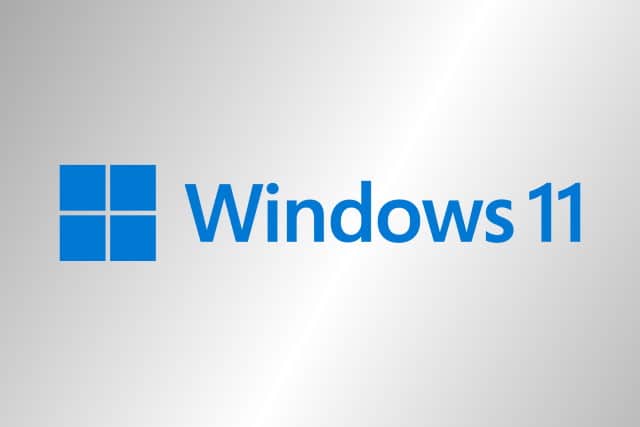How to block Windows 11 if you want to stick with Windows 10

There is a lot to like -- love, even -- about Windows 11, but it is not to everyone's taste. Microsoft would have to pull off an incredible feat to produce an operating system that made everyone happy, and it is little surprise that Windows 11 falls short for many people.
Microsoft is, of course, eager for as many users as possible to upgrade from Windows 10 to Windows 11. The company has not gone as far as forcing installations, but it is still offering upgrades that could be installed by another user of your computer. Don't want Windows 11? Here's how to block it.
See also:
- Microsoft releases KB5008295 update to all Windows 11 users as an out-of-band patch
- Still using Windows 7 or Windows 8? OneDrive will stop working soon
- Windows 11 has a weird bug that 'overcharges' laptop batteries
There are two different methods you can use to block Windows 11. If you're using Windows 10 Pro, you can use Group Policy Editor or a registry hack; if you're on Windows 10 Home, the registry is your only option.
As the registry editing option is available to everyone, we'll look at that first.
- Press Windows + R, type regedit and press Enter
- Navigate to Computer \ HKEY_LOCAL_MACHINE \ SOFTWARE \ Policies \ Microsoft \ Windows \ WindowsUpdate
- Create a new DWORD (32-bit) Value called TargetReleaseVersion and assign it a value of 1
- Create another DWORD (32-bit) Value called TargetReleaseVersionInfo and assign it a value of 21H1
If you prefer to use Group Policy Editor, navigate to Local Computer Policy > Computer Configuration > Administrative Templates > Windows Components > Windows Update > Windows Update for Business and double-click Select the Target Feature Update Version. Enter 21H1 and hit OK before restarting your computer.
